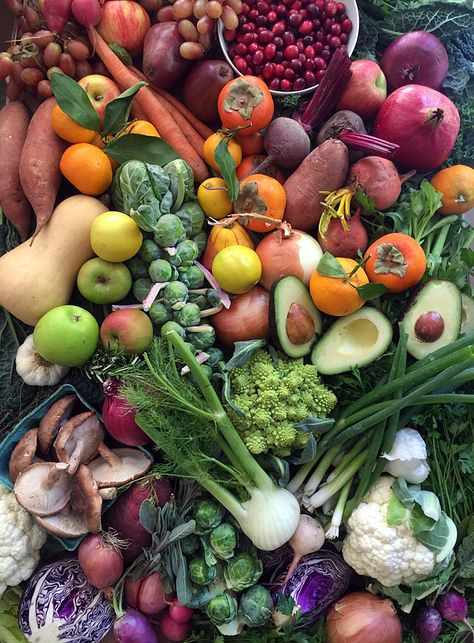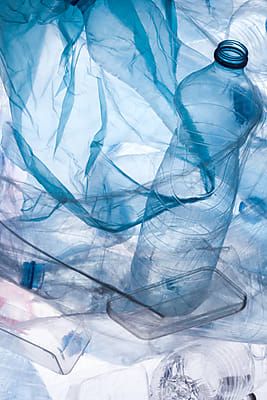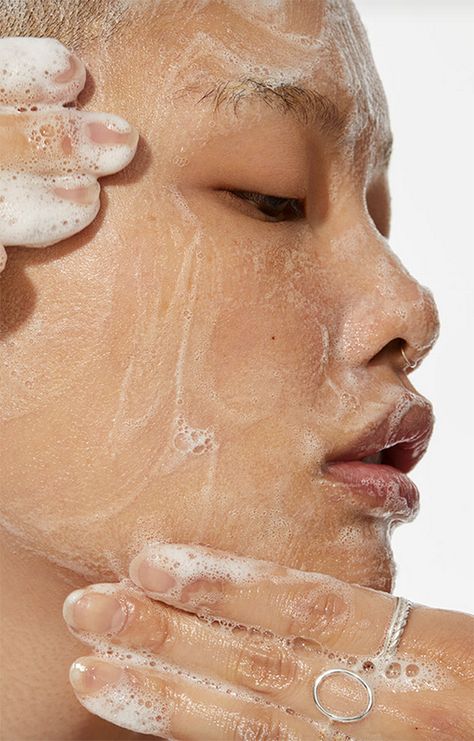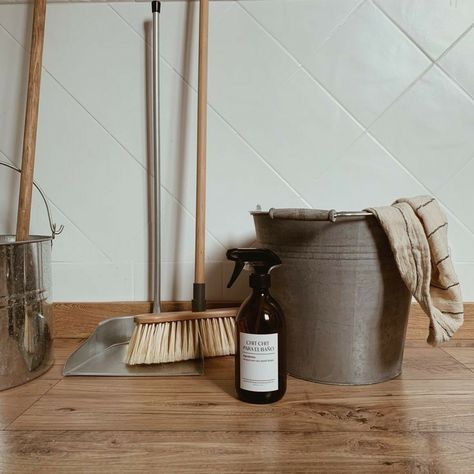Reducing exposure to toxins plays a vital role in reducing inflammation and improving overall health. Unfortunately, numerous sources emit toxins, but this also means there are multiple ways to diminish your toxic load actively. It’s widely known that pollutants contaminate air and water, yet toxins also pervade our food, beauty products, and household cleaning items. These products strain our livers, cause respiratory issues, and have links to cancer. Moreover, these chemicals disrupt endocrine and hormone function, impacting the body’s internal communication.
By shifting away from chemical-laden foods, personal care products, and household items, I have reduced the burden on my liver, enabling it to perform more optimally and support over 500 metabolic functions, including toxin processing, excess estrogen metabolism, and the production of bile and cholesterol..
The thought of the toxins surrounding us can be overwhelming, but it’s crucial to empower oneself and make the best choices available. I will highlight some areas where I have made changes to help you assess where you may want to make similar shifts.
Food
Opt for Organic
Glyphosate, the most extensively utilized pesticide, has been shown to induce oxidative stress and is linked to cancer. It acts as an endocrine disruptor, causes neural cell death, and exerts a toxic effect on the nervous system. Additionally, glyphosate contributes to issues like leaky gut and other digestive problems. Given its widespread usage, the majority of processed and ultra-processed foods that incorporate enriched white flour contain glyphosate.
The Environmental Working Group (EWG) publishes the Dirty Dozen and Clean Fifteen lists to assist consumers in prioritizing which produce to purchase organically and which they can obtain conventionally. They consider fruits and vegetables with a protective outer layer or possessing self-protective adaptations suitable for conventional consumption, as they either have a thick skin or do not readily absorb toxins.
Organic produce, free from toxic chemicals, also contains twice the amount of antioxidants compared to conventional produce, making it a more nutrient-dense choice.
Eliminate processed foods
Chemical compounds found in processed foods are difficult for our bodies to recognize and digest. Some are known to be harmful, and for others, we don’t yet understand their cumulative impact. Here’s a comprehensive list of toxins to avoid in your food.
Food chemicals to avoid
- Many drinks and foods geared towards kids contain food dyes like red 40, yellow 5, and blue 2. These artificial food dyes, made from petroleum, are widely used in the food and pharmaceutical industries to increase the appeal and acceptability of their products. Food dyes are toxins linked to allergies, hyperactivity, inflammation, and oxidative stress.
- MSG, a “safe” preservative and food enhancer, can cause reactions in many, including headaches, weight gain, and even raised blood pressure.
- Preservatives like nitrates, used in cured meat, have been linked to many types of cancers. BHA and BHT, found in cereals, are other preservatives and possible carcinogens.
- Manufacturers use cellulose as a stabilizer, emulsifier, thickener, calorie reducer, and anti-caking agent. In most cases, it is derived from wood pulp but can also come from a wide range of plants, including oat and soybean hulls, corn, and hemp. Cellulose is known to cause digestive distress and is mostly found in pre-shredded cheese.
- Food processors manipulate natural flavors, which are said to be from natural sources, in a lab and incorporate artificial and synthetic materials. While food processors must list all ingredients on a food label, flavor manufacturers are not required to disclose their ingredients.
Corrupt food system
The Food and Drug Administration (FDA), a government agency responsible for ensuring the safety, efficacy, and security of the nation’s food supply and cosmetics, allows toxic chemicals in our food that are banned in other countries. This illustrates that the food industry in the US prioritizes profits over people. According to a New York Times article, up to 75% of funding for the drug arm of this government agency comes from pharmaceutical corporations, highlighting the FDA’s corrupt nature. Vani Hari, author of “Feeding You Lies,” exposes the corruption in the food industry and has pressured some companies to adjust formulas to match non-toxic versions offered in other countries.
Reduce plastic use
Plastic seeps into our food from packaging and storage containers, leading the average American to ingest a credit card worth of plastic every week. I reduce my plastic use for both environmental impacts and my health.
In the grocery store, opt for loose produce over bagged items. I rarely use a bag for vegetables or fruit when food shopping since I will be washing them before consumption. If bags are necessary, reuse some from a previous trip or switch to more sustainable reusable produce bags.
I recommend using glass containers for all food storage purposes. If using plastic containers, ensure that the food is cooled before placing it in the container to help prevent seepage. For the same reason, it’s crucial to avoid reheating food in plastic containers. Any effort to transition to glass or stainless vessels will aid in reducing plastic buildup in the body.
Body and skin care
Many harmful ingredients permeate the products we use every day and are absorbed through our skin. Due to proprietary laws, companies are not required to disclose their ingredients, which can number in the thousands. These undisclosed ingredients are then absorbed directly into your bloodstream. I switched to non-toxic deodorant, body wash, lotion, and skincare products. To better understand your own risks and where to make adjustments, check EWG Skin Deep for your product’s score.
Chemicals to avoid
- Parabens disrupt endocrine function.
- Sulfates, which create lather, cause dryness, skin irritations, and harm the body microbiome and environment.
- Phthalates adversely affect hormonal balance and impact sperm count.
- Parfum/fragrances can cause headaches, watery eyes, and respiratory issues. About 95 percent of chemicals in synthetic fragrances are derived from petroleum, making them harmful to health, especially for women with hormonal imbalances or reproductive issues.
- Formaldehyde irritates lungs and eyes and is linked to cancer.
- Mineral oil is derived from petroleum.
- Butylated Hydroxytoluene (BHT) is a preservative and endocrine disruptor, affecting testosterone levels and sperm quality, and may cause liver enlargements.
- Talc is linked to cancer, as evidenced by the numerous cases against Johnson and Johnson concerning their baby powder.
Anti-perspirant/Deodorant
Traditional antiperspirants contain aluminum, which blocks sweat and has been linked to cancer. Additionally, most antiperspirants and deodorants contain other harmful toxins such as talc, phthalates, parabens, and sulfates. Lymph nodes, critical in the body’s detoxification process, are located in the armpits. Applying a product associated with cancer to my lymph nodes on a daily basis started to seem unwise, especially after witnessing my mom go through two rounds of lymphoma.
Numerous natural deodorant options are available, but their effectiveness varies depending on individual body chemistry, requiring some trial and error. I personally tried Native and Schmitt’s, but they didn’t work for me. However, they might be suitable choices for others. Surprisingly, the drugstore brand Crystal deodorant, a rock salt that you wet and apply, worked surprisingly well. My favorite non-toxic deodorant is Megababe, and they even offer a deodorant quiz to assist you in finding your ideal choice.
Face & body products
I choose most of my skincare products from Cocokind because of their value and quality. I also use Marie Veronique, who offers formulas targeted for rosacea. Deluxe clean skincare options are available from Tata Harper and Eminence. Finding the right brand and combination of products that work for you may require some trial and error, but there are many options at varying price ranges.
My favorite body wash is Dr. Bronner’s unscented, and my preferred body moisturizers are refined coconut, light sesame, or almond oils, which are available at grocery stores.
Household Cleaners
The pandemic created a surge in bleach use and hand sanitizer which killed a lot of germs and has resulted in superbugs. You can wash away harmful germs without killing them all.
Chemicals in cleaning products
Most cleaning products we use around the home contain harmful ingredients that can irritate the skin, eyes, nose, and throat. These chemicals can also disrupt hormone communication, impact the nervous system, and cause respiratory issues. In addition to sulfates, phthalates and strong fragrances, most household cleaning products also contain coal tar dyes, chlorine and other toxic chemicals.
Recently, Tide & Gain (get an F grade on EWG) & many other laundry detergents have been banned and New York for toxicity and containing forever chemicals also known as PFAs.
Brands with less toxic options
I clean with Branch Basics which allows you to make multiple formulas using a concentrate. The starter kit comes with concentrate, bottles, and oxygen boost powder for tougher jobs. With the single bottle of concentrate, you can make multiple bottles of glass cleaner, all purpose cleaner, bathroom cleaner, hand/dish soap and laundry detergent. There is no fragrance and the product works very well. It also receives an A rating on EWG website.
- A luxe house cleaning & laundry option with an elegant fresh linen scent is L’Avant Collective.
- Seventh Generation
- Ecos, BioKleen, Ecoever
- Thrive Market products
- Bon Ami
- Force Of Nature
Eliminating toxins from our food, body, skincare, and household cleaning products is an important aspect of maintaining overall health and well-being. Though it may require effort and research, the benefits of using safer products in and on our bodies are worth it. Small changes lead to big impacts, so start somewhere and recognize that you are taking a positive step towards your health.






